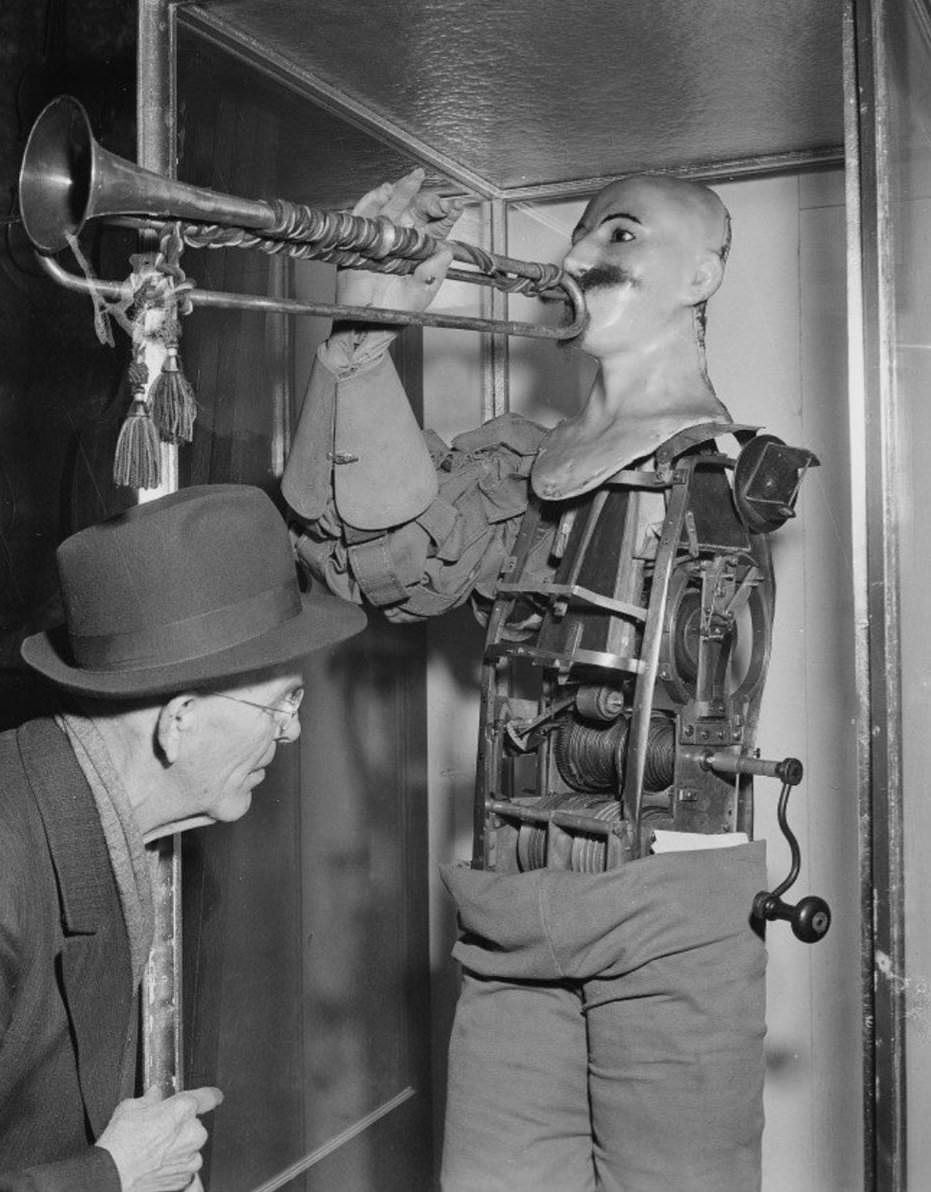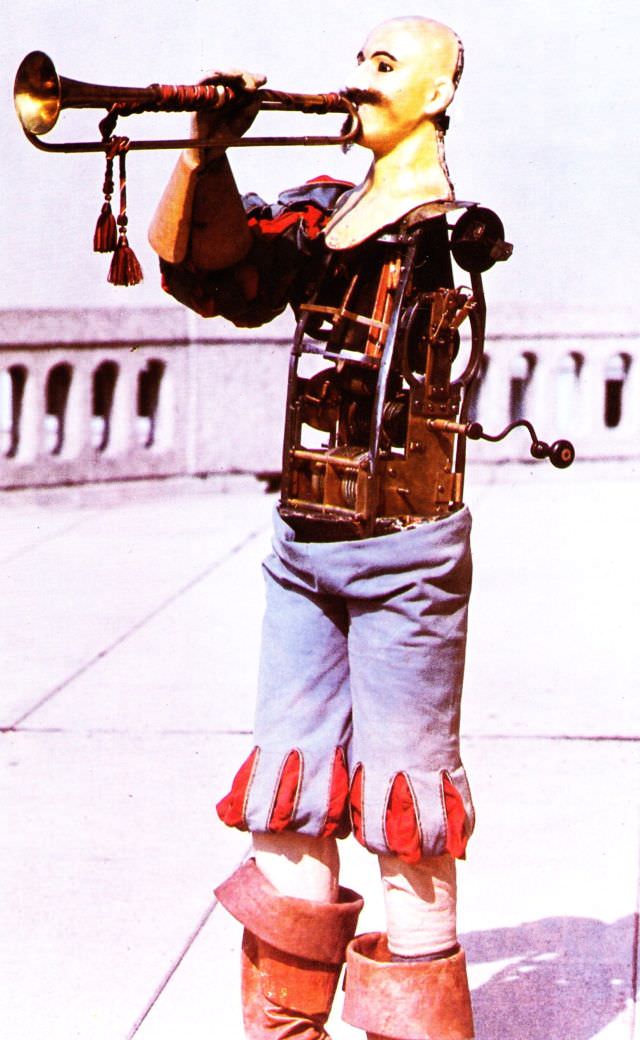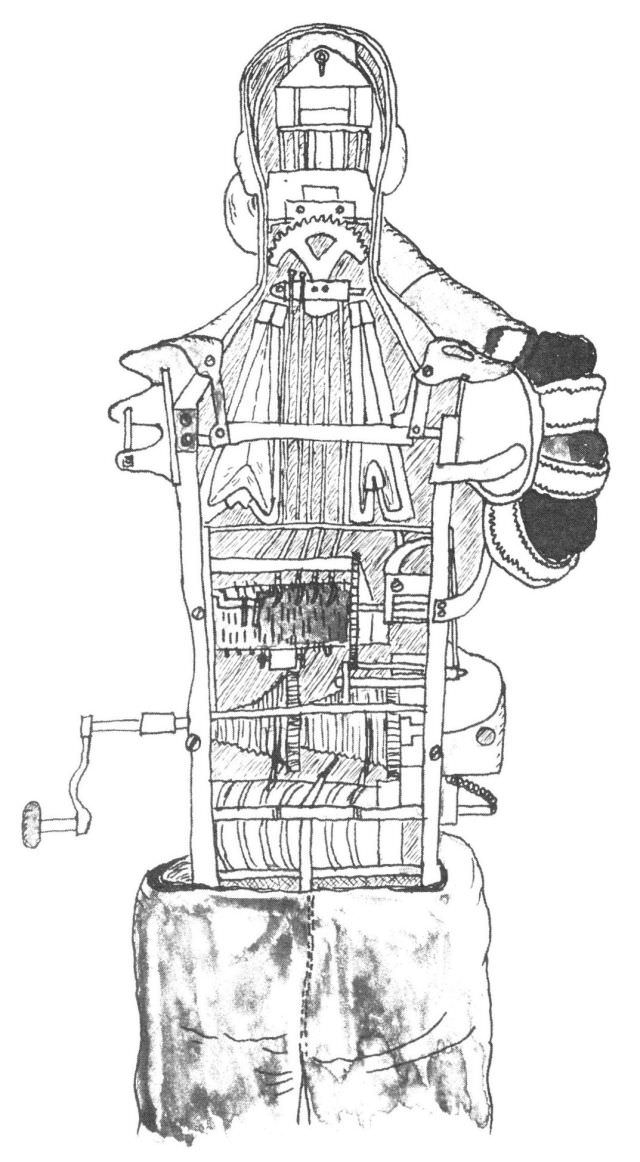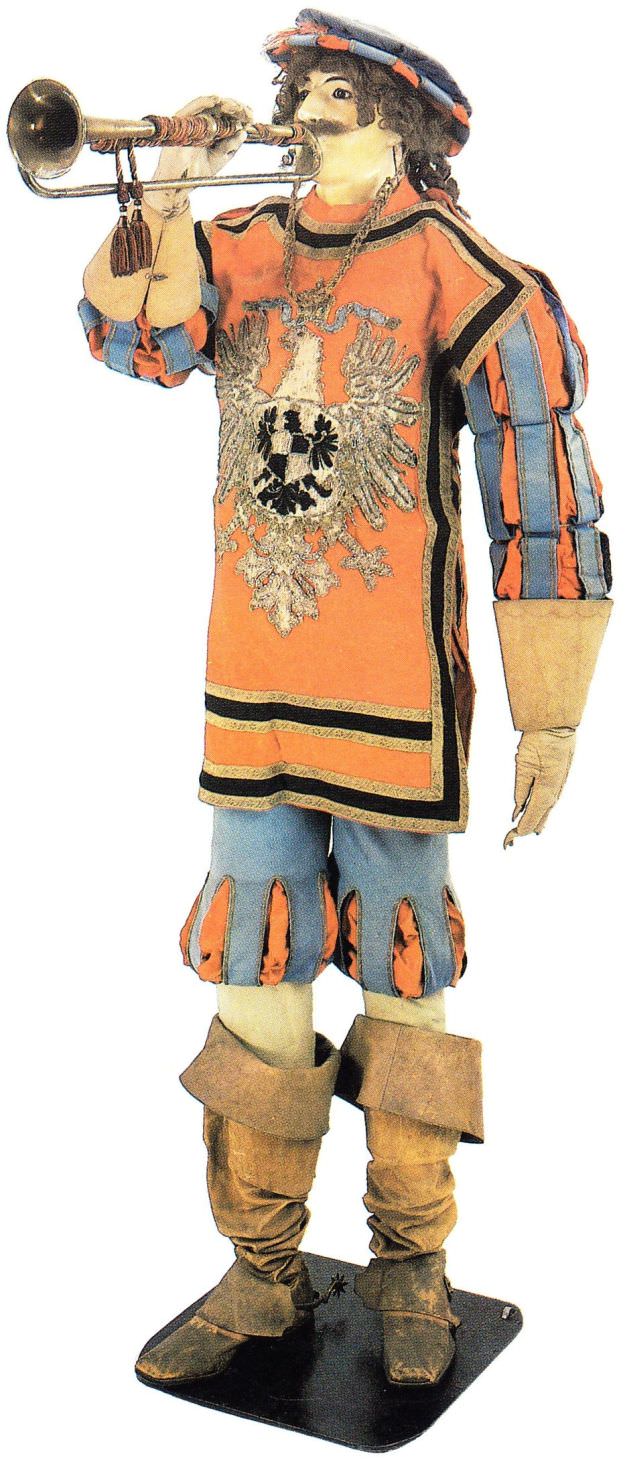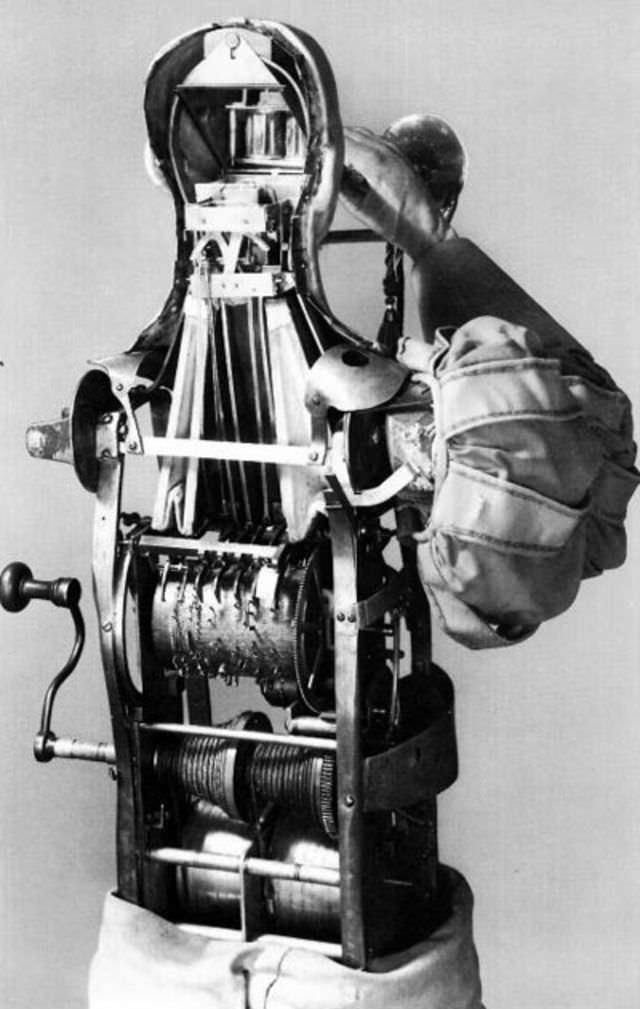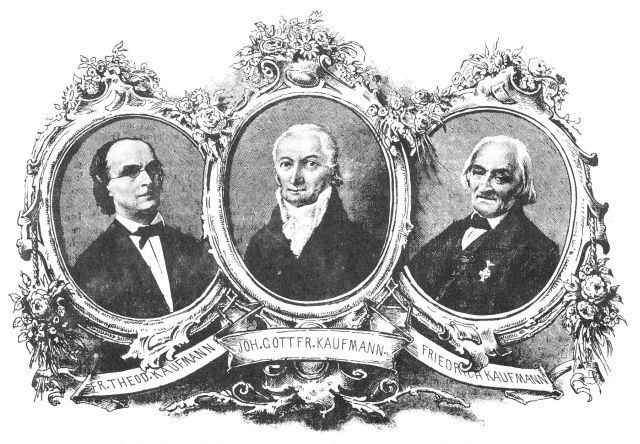In the annals of human history, the marriage of artistry and technology has given birth to some of the most astounding inventions, capturing the collective imagination and pushing the boundaries of what we thought was possible. One such remarkable feat was the creation of the world’s first robot, the Automaton Trumpet Player by Johann Friedrich Kaufmann in 1810.
Born on February 5, 1785, in Dresden, Germany, Kaufmann hailed from a lineage of skilled clockmakers and musicians. His father, Johann Gottfried Kaufmann, was a renowned clockmaker, and his great-grandfather, Georg Friedrich Kauffmann, was a well-known court and cathedral organist. With such a heritage, it’s no surprise that Kaufmann was destined to create something extraordinary.
His most famous creation, the Automaton Trumpet Player, is a blend of intricate mechanics and artistic genius. Standing at approximately 180 cm, this man-like figure is attired in a Spanish costume. But what really sets this automaton apart is the complex mechanism that allows it to play the trumpet.
Kaufmann’s creation doesn’t just mime the action of playing a trumpet; it actually produces the sounds through a series of bellows and reeds that replicate human lungs and vocal cords. These mechanical organs are manipulated by two rotating brass drums, each fitted with notches that strike against six impacting pins and four scanning levers. This ingenious contraption, powered by two helical springs, activates a series of valves, allowing air to pass over twelve tongues and produce sounds through a trumpet.
As fascinating as the mechanisms are, what really astonished the audience was the Automaton Trumpet Player’s ability to simultaneously produce two distinct tones – a feat considered almost magical at the time. Its capability to perform complex musical pieces, including flourishes in octaves, tierces, and quints, truly baffled and delighted the listeners.
Carl Maria von Weber, the esteemed composer and a personal friend of Kaufmann, was one of the many admirers of the Automaton Trumpet Player. Upon witnessing a demonstration of Kaufmann’s instruments in 1811, Weber was so enamored that he composed a Concertino for Kaufmann’s Harmonichord.
The legacy of Kaufmann’s work, particularly the Automaton Trumpet Player, is kept alive in the Deutsches Museum in Munich. This stunningly intricate creation stands as a testament to the genius of Kaufmann, a man who was, as the book Clockwork Music by Ord-Hume describes, “a musician, a mechanic, a mathematician, and a philosopher.”


